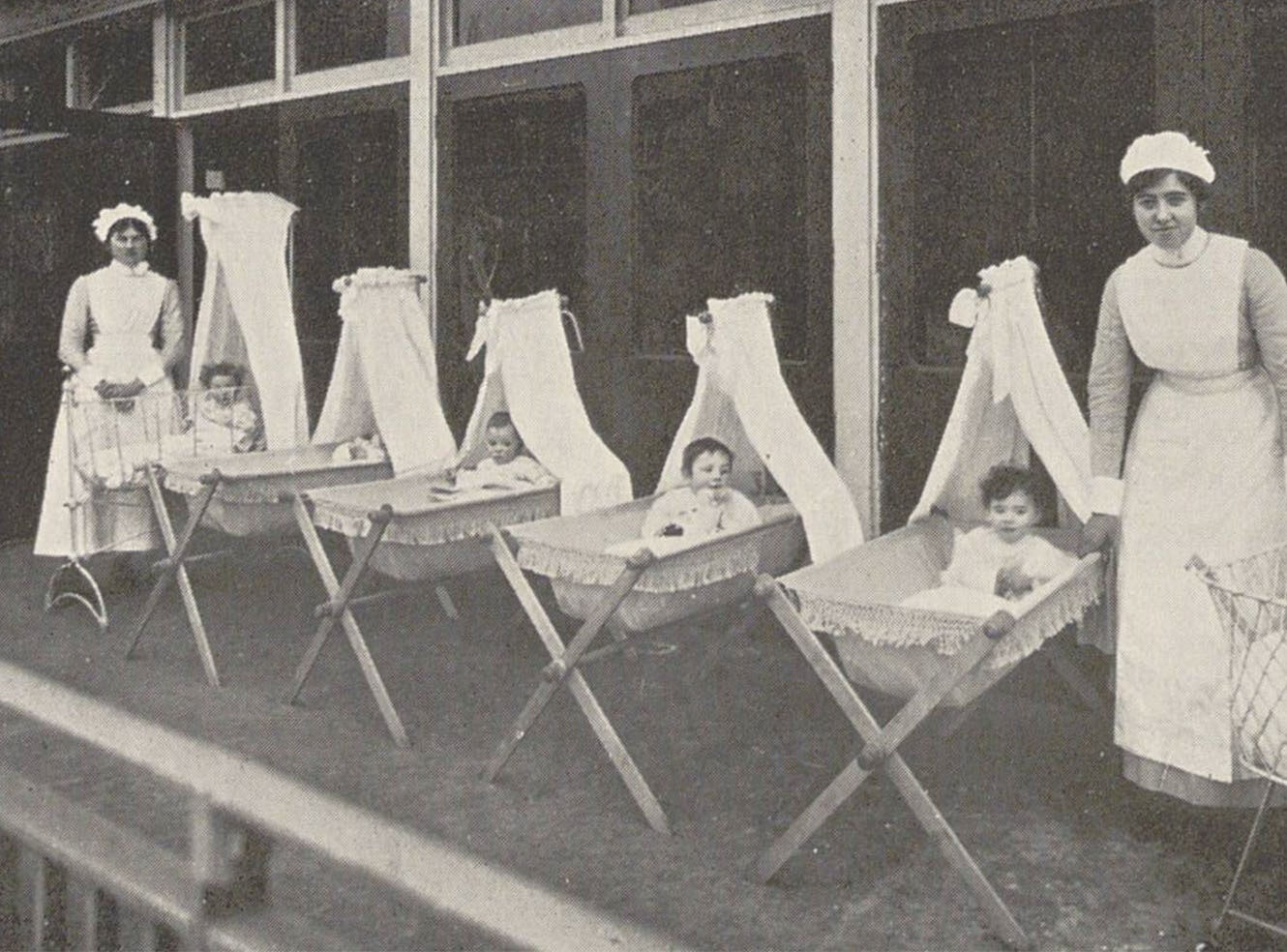Optical delights
With the release of our newest resource, Moving Pictures, Optical Entertainments and the Advent of Cinema – the fourth instalment in the successful Victorian Popular Culture series – I would like to draw attention to, in my opinion, its most visually impressive feature: the online virtual exhibition, Optical Delights.
Standing in the Bill Douglas Centre’s public museum, surrounded on all sides by an abundance of rare and treasured artefacts relating to visual entertainments, optics and early motion pictures, it became clear that we needed to do something unique and special in order to do these items justice digitally and really bring them to life. In our selection process, we attempted to tell the story of the moving picture; Where did it start? What came before it? And what were the biggest influences? The documents we feature played a pivotal part in developing the technology and artistic processes involved in making previously static pictures come to life and move for the very first time. Crucially, they also help to shape our understanding as scholars, of the culture and society that these devices evolved from. Optical Delights attempts to recreate this magic and the wonder felt by the first Victorian consumers.
This exhibition is divided into four key sections: Illusions and Shadows (showcasing metamorphic views, protean views and shadow play), Panoramas and Dioramas (which does exactly what it says on the tin), Early Inventions (in the form of magic lanterns and slides, zoopraxiscopes, phonographs and cinematographs) and finally the most weird and wonderful Optical Toys. It is in this section that the inventors really went to town to let the consumer know that theirs was a product of scientific graft and philosophical merit. At face value, names such as the phenakistiscope, zoetrope, praxinoscope, zograscope and thaumatrope don’t immediately conjure up images of fun and frolics (although, admittedly, the same cannot be said of the peep show!) but we can see from the video sequences how they provided optical entertainment as well as planting the first creative seeds of what would become one of the most lucrative industries in the world; the moving picture industry.
These optical toys each represent a breakthrough step towards the advent of cinema and the first moving pictures to be captured on film. As philosophic devices they served the dual purpose of enlightening and entertaining the user; providing an amusing visual experience whilst at the same time demonstrating the processes and limitations of visual perception. It is perhaps not surprising then that the renowned inventors Auguste and Louis Lumière stumbled across their own version of the moving image toy. Patented in 1896, (interestingly a year after their very first film screening of Sortie des Usines Lumière à Lyon), the Kinora derived from the already popular mutoscope. Using the same concept, kinoras were designed to be smaller-scale domestic apparatus rather than a penny arcade amusement.
In this section you can click on the video feature to see what the lucky Victorian owner of the domestic kinora would have seen as they peered through the eye-piece and turned the handle, or imagine the child’s wide-eyed wonder as they thumbed the pages of the flickbook to see May Irwin and John C. Rice leaning in toward one another for that (in)famous kiss! Users can also watch two clips of the penny-arcade mutoscope in action which features a slightly bawdier sequence (featured).
In my opinion, the exhibition’s title, Optical Delights, couldn’t be more apt; these optical devices and visual entertainment artefacts would have fascinated their contemporary market as the first examples of pictures coming to life and they continue to captivate the modern-day scholar as we try to piece together the story of the motion picture and what we now know today as cinema.
Recent posts

AM’s new resource, A Global History of Epidemics, 1800-1970, offers interdisciplinary researchers unique primary sources, interactive tools from maps to timelines, and expert essays, to explore disease history, colonialism, and public health advancements within the British Empire and beyond.

